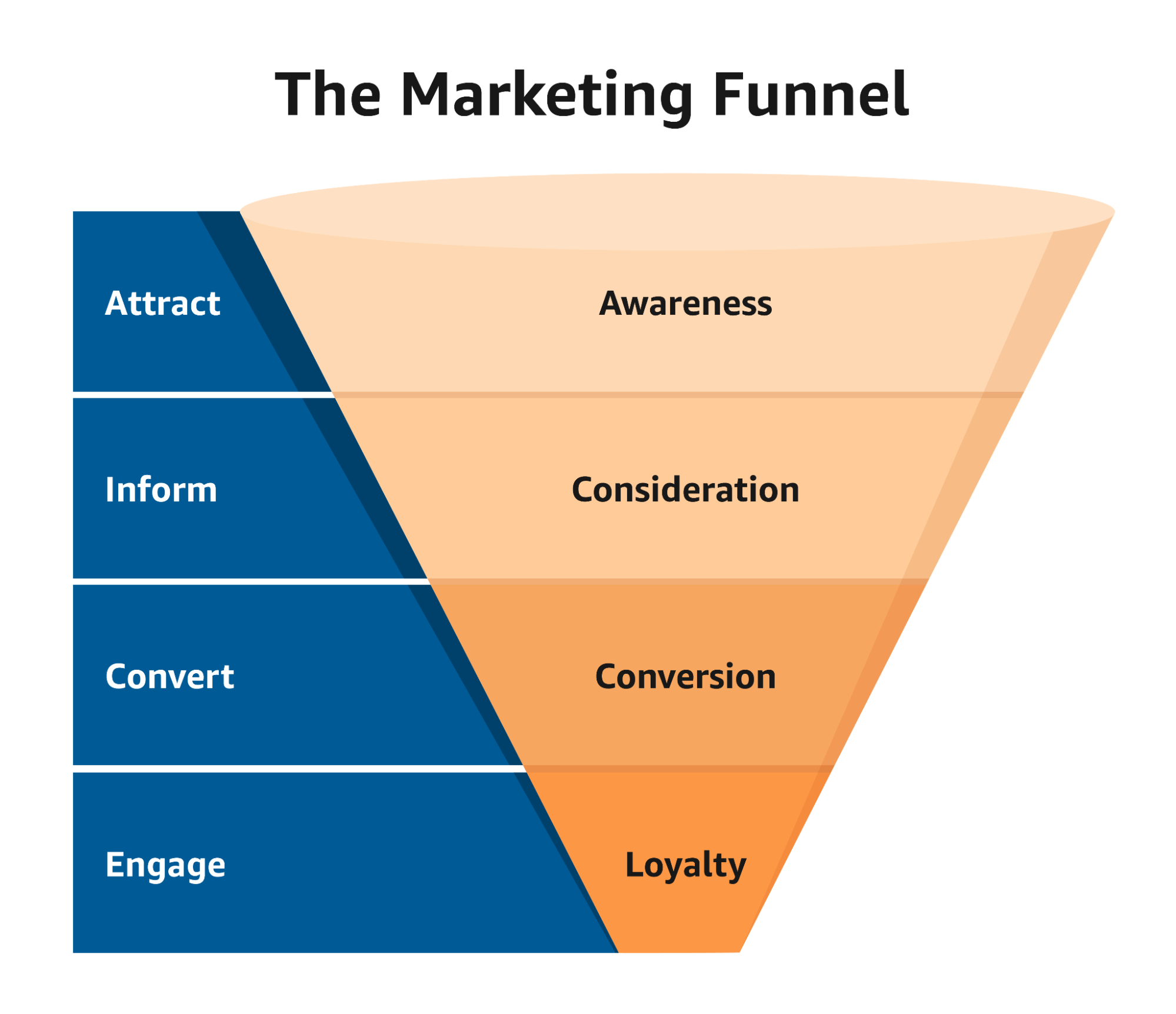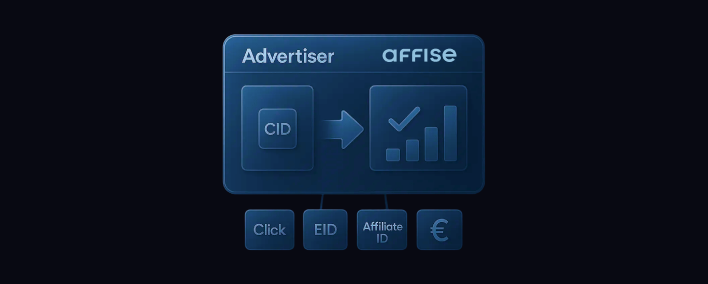We all shop around, it’s sensible. But effective brand awareness could win “on-the-fence” customers.
Customers who have looked elsewhere might be tempted by your rivals who, while aren’t as amazing as you, of course, but are offering promotions like free delivery and discount codes.
Win these customers over before they even decide to shop around. Brand awareness reminds them of the benefits of your brand to keep them from needing to look elsewhere.
Increases customer loyalty
Brand awareness strategies offer a useful platform for increasing customer loyalty.
People trust brands that have mastered brand awareness. Are you likely to trust a brand you’ve never heard of with little information about them around? Probably not.
For example, let’s say you’ve previously owned an Apple iPhone and it did everything you needed. All of a sudden, an unknown phone manufacturer claims their latest phone is even better, but you haven’t seen their ads anywhere and your friends haven’t heard of them either.
Are you likely to go with them and ditch Apple? Nope, you’ll stay loyal to the popular brand that has already proved its worth and is already popular with the masses.
Bonus – loyal customers that return cost less than acquiring new ones.
Gathers key metrics
You need to monitor metrics to find out whether your brand campaigns are meeting their goals. Future investment may depend on it.
That’s why having demonstrable data to show shareholders your brand awareness efforts are working could be crucial. And in the digital age with tools like Affise BI, KPIs are easier than ever to collect and will inform future decisions.
Increases growth potential
Having a strong brand identity could help you gain wider investment into the business.
If investors see value in your brand, they’ll see you as less risk and more reward. This could be great for pumping out future products and further developing brand awareness.
Helps promote new products
Having a reputable and recognizable brand makes it easier to launch and promote new products. New products become part of the brand family, ready to be welcomed by interested customers who already trust you.
For example, a protein company could have success with a new line of gym clothing thanks to a positive awareness of their wider brand. Hence, brand awareness is super-effective when it comes to promoting and launching new products.
How to run a brand awareness campaign
Now that we’ve seen some of the benefits, it’s time to explore how to run a brand awareness campaign.
Create a brand identity and tone
This should go without saying, but if you haven’t already, you’ll need to create a memorable brand identity and tone before you embark on a brand awareness campaign.
This doesn’t just entail fancy visuals like designing a cool logo and an eye-catching color scheme. No, we need to go beyond. Your brand identity sets the tone of your business. Soul-search for who you want to be for your customer base.
Using the three Ps is a good place to start when creating your brand identity and tone, consider:
- Purpose – What is the purpose of your brand? What function does it serve?
- Promise – What does your brand promise customers? What can you guarantee them?
- Personality – How will your brand personality come across in your brand messaging?
Answering these questions will get you on the way to creating a unique brand identity.
For example, if you were in the software coding industry, your purpose would involve helping people learn to code. Your promise could be to provide the training and materials they need to learn the job. For your personality, perhaps you don’t want to sound formal and authoritative and prefer a more modern and personalized brand voice, like, “Hey, you. Wanna learn how to do exploratory tests? Say no more. We got you covered.”
The choices you make about your brand identity will depend on your niche, target audience, and content marketing goals. If you’re stuck, it can be useful to check out any well-performing competitors and take inspiration from them. Remember though, don’t simply copy, you need to stand out from the crowd with your own brand personality.
Once you’ve settled on a brand identity, make sure to draft a document explaining it to your whole team so they can get on board and refer to it in all future campaigns.
Identify your audience and the channels they use




















